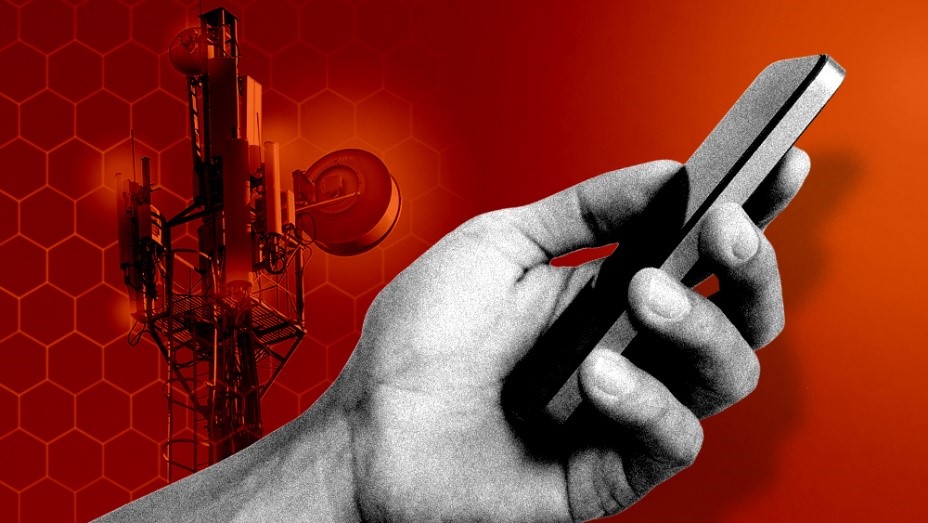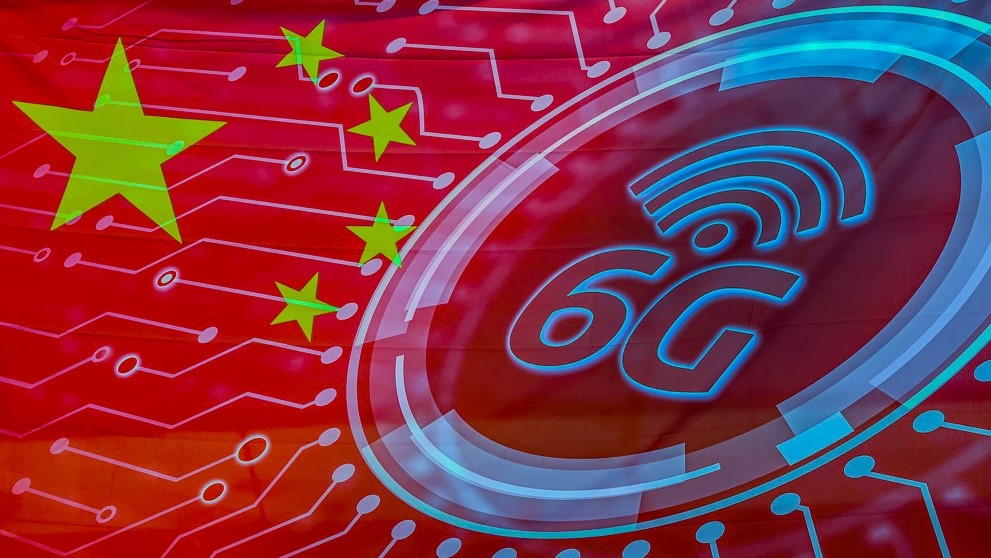6G wireless technology could tap humans as a power source
A recent study conducted by researchers from the University of Massachusetts-Amherst (UMass Amherst) found that 6G, or sixth-generation mobile system standard, could use humans as a power source.

In particular, 6G could exploit Visible Light Communication (VLC), a wireless version of fiber optics that uses extremely thin glass or plastic strands to transmit information on flashes of light.
The researchers have already devised a low-cost and novel way of harvesting and recycling waste energy from VLC – using the human body as an antenna.
“VLC is quite simple and interesting. Instead of using radio signals to send information wirelessly, it uses the light from LEDs that can turn on and off, up to one million times per second,” said Jie Xiong, professor of information and computer sciences at UMass Amherst and the paper’s senior author. “Anything with a camera, like our smartphones, tablets or laptops, could be the receiver.”
However, VLC systems tend to have a significant leakage of energy because LEDs emit radio frequency (RF) signals, or radio waves that can be used to power wearable devices and even larger electronics.
To collect the leaked RF energy, the researchers designed an antenna out of coiled copper wire, experimented with all sorts of surfaces and thicknesses of wire and searched for the object that maximizes the collection of this energy.
Coil attached to human body collects 10 times more energy than bare coil
The researchers then rested the coil against countless objects made of plastic, cardboard, wood, steel and every imaginable material. They also rested the coil on walls, cell phones and other digital devices like the iPads and laptops turned on and off.
They were still working on and searching for the ideal combination when lead author Minhao Cui tried wrapping the coil around a human body.
And to their surprise, the human body turned out to be one of the best mediums for amplifying the coil’s ability to harvest the leaked RF energy. They found that by attaching the coil to a person, they could collect 10 times more energy than by just using a bare coil.
Applying ingenuity, the researchers created an inexpensive, wearable device called the “Bracelet+,” which people can wear on their upper forearm. The study authors said a bracelet worked best for collecting power, although they can modify it to work as a ring, belt, anklet or necklace.
“The design is cheap – less than fifty cents,” the study authors said. “But Bracelet+ can reach up to micro-watts, enough to support many sensors such as on-body health monitoring sensors that require little power to work owing to their low sampling frequency and long sleep-mode duration.”
“Ultimately, we want to be able to harvest waste energy from all sorts of sources in order to power future technology,” said Xiong.
“A wide range of technologies such as AI [artificial intelligence], advanced sensors, optics, cloud computing, high-speed digital, satellite and robotics will undergo rapid advancement in the next decade, combining and augmenting to enable new use models made possible by 6G,” according to Sarah LaSelva, director of 6G marketing at Keysight Technologies.
Countries around the world race for 6G supremacy
Although 6G is not expected to supplant 5G until around 2030, it has gained worldwide attention because of its countless possibilities.

In fact, China sent a 6G satellite into orbit from the Taiyuan Satellite Launch Center on Nov. 6, 2020, to take a global head start. The satellite was jointly developed by the Chengdu Guoxing Aerospace Technology, Beijing Weina Xingkong Technology and the University of Electronic Science and Technology of China.
Nikkei and Tokyo-based research company Cyber Creative Institute examined around 20,000 patent applications for nine core 6G technologies, including communications, quantum technology, base stations and artificial intelligence.
They found that China has 40.3 percent of 6G patent filings, followed by the U.S. with 35.2 percent. Japan, which has earmarked $482 million for 6G study and development, ranked third with 9.9 percent, followed by Europe with 8.9 percent and South Korea with 4.2 percent.
Countries with more patent filings tend to lead in terms of advanced technology and have a bigger say on industry standards. The U.S., Japan and Korea have entered into a patent share agreement in a bid to overtake China.
yogaesoteric
February 7, 2023
Also available in:
 Français
Français
